Have you ever watched your cat sitting quietly, barely making a sound, and wondered what’s going on in their mysterious feline mind? For many cat lovers, silence can feel unsettling. Does it mean your cat is sad, sick, or simply at ease? The answer might surprise you. Cats, unlike dogs, often communicate with subtlety and grace, and their silence can be a language all its own. Let’s unravel the secrets behind those soft, peaceful moments and discover how your cat’s quietness could be the ultimate sign of comfort.
The Unspoken Language of Cats

Cats are masters of nonverbal communication. Unlike their canine counterparts, they rely less on vocalizations and more on body language to express themselves. When your cat is silent, it doesn’t necessarily mean something is wrong. In fact, a calm, quiet cat often feels safe and content in its environment. Silence can be a powerful indicator that your feline friend trusts you and feels secure in your home. It’s essential to pay attention to their posture, eyes, and tail to fully interpret what their silence means.
Understanding the Context of Silence

Context matters when interpreting your cat’s silence. If your cat is usually vocal and suddenly goes quiet, it might warrant a closer look. However, if your cat has always been the silent type, it’s likely just part of their personality. Observe their daily routines and any changes in their environment. A silent cat who is eating, grooming, and playing as usual is probably comfortable and happy. If you notice other changes alongside the silence, such as hiding or refusing food, then it might be time to consult a veterinarian.
Body Language: The True Indicator
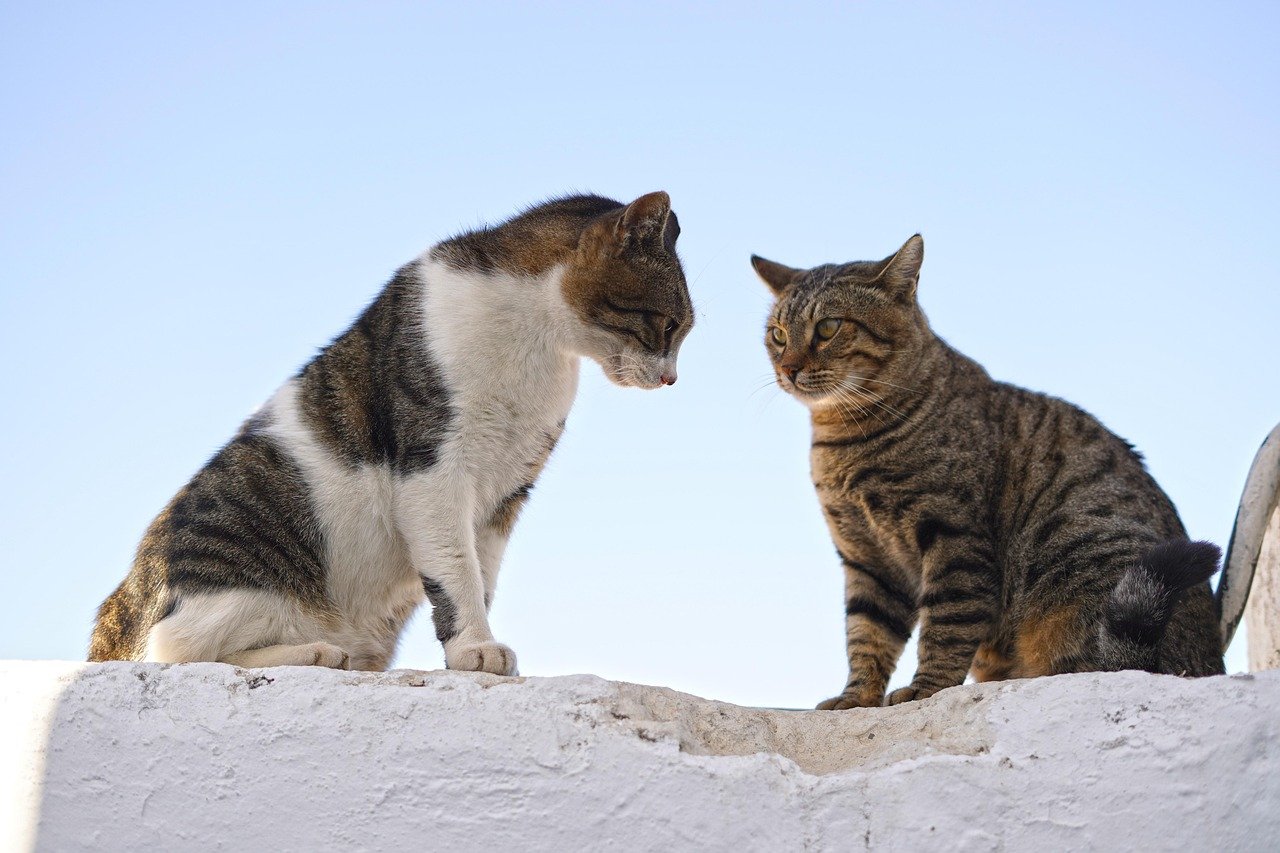
Your cat’s body language is the best clue to understanding their feelings. A relaxed posture, with paws tucked in and eyes half-closed, usually means your cat feels safe and comfortable. Watch for signs like a slow blink—often called a “cat kiss”—which signals affection and trust. Conversely, a tense body, wide eyes, and a flicking tail could indicate discomfort or anxiety. By tuning into these physical cues, you can better determine whether your cat’s silence is a sign of peace or a signal for concern.
The Role of Routine in Feline Comfort

Cats thrive on routine and predictability. A silent cat who sticks to their daily rituals, such as eating at the same times and lounging in favorite spots, is likely feeling at ease. Changes in their routine can cause stress, which sometimes leads to vocalization. If your cat remains silent and content despite minor disruptions, it’s a strong indicator that they trust their environment and feel secure with you. Their silence, in this case, is a comforting sign rather than a cause for worry.
Silent Companionship: A Sign of Trust

When a cat chooses to sit quietly beside you or follow you around the house without making a sound, it’s often a sign of deep trust. Cats are naturally cautious creatures, and by choosing to be near you in silence, they’re showing that they feel safe in your presence. This silent companionship can be incredibly rewarding, forging a unique bond between you and your cat. Cherish these moments, as they reflect your cat’s comfort and connection with you.
Comparing Vocal and Silent Cats
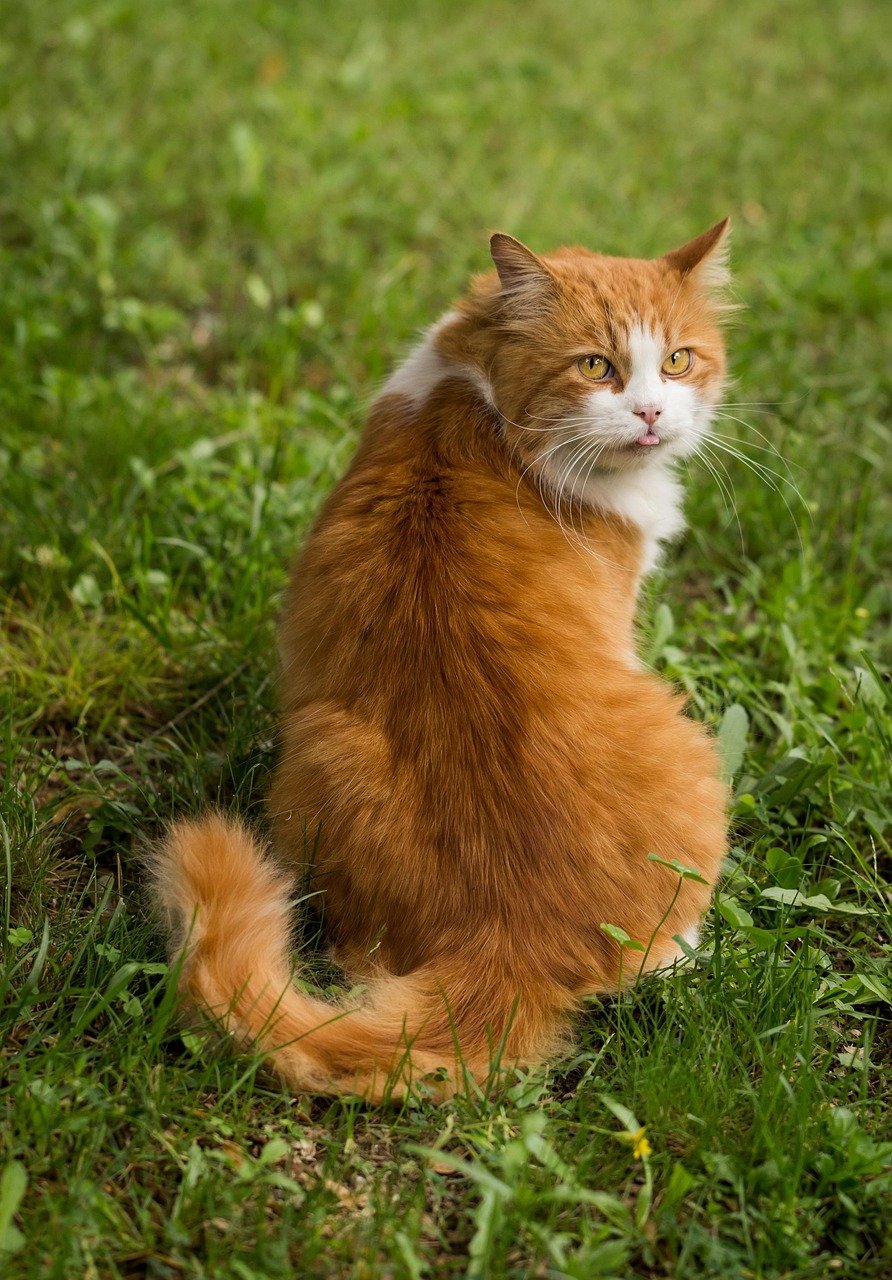
Not all cats are the same—some are natural chatterboxes, while others are stoic and serene. Breed, background, and personality all play a role in how vocal or silent your cat is. For example, Siamese cats are famous for their talkative nature, while British Shorthairs are often more reserved. Understanding your cat’s unique temperament is key. If your typically quiet cat remains silent but shows no signs of distress, it’s usually not a cause for concern.
When Silence Signals Relaxation

A cat sprawled out in a sunbeam, purring softly or breathing evenly in silence, is the picture of feline relaxation. These moments of quietude usually indicate that your cat feels completely at ease. Look for behaviors like kneading, gentle stretching, and a soft, fluttering tail. These signs, paired with a peaceful silence, are your cat’s way of showing ultimate comfort and contentment in their surroundings.
The Importance of Safe Spaces
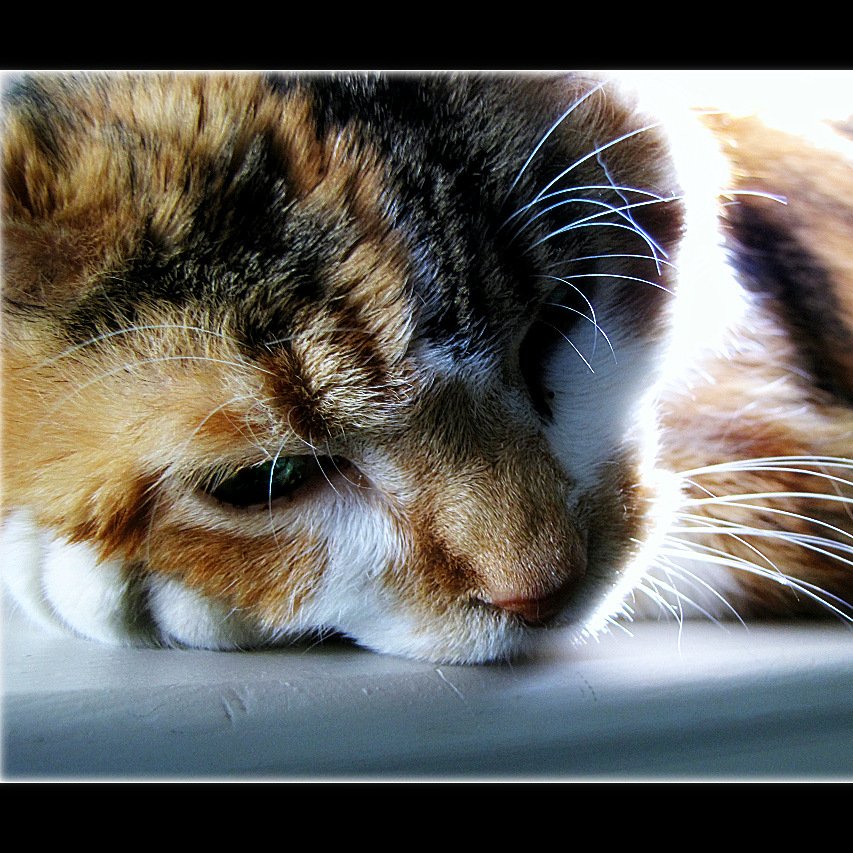
Cats need their own safe havens within your home. When your cat retreats to a cozy spot and remains silent, it often means they feel protected and at home. Creating spaces where your cat can rest undisturbed—like a soft bed, a quiet corner, or a perch by the window—can encourage this peaceful silence. If your cat seeks out these spots and settles in without fuss, it’s a sure sign they are comfortable and secure.
Sleeping Patterns and Quietude

Cats spend a significant portion of their lives sleeping—sometimes up to 16 hours a day. During these quiet moments, their silence is not only normal but also necessary for their health. Watch how your cat settles down for a nap: if they curl up, stretch out, or tuck their paws under their body, it typically means they are relaxed and comfortable. Disturbed or restless sleep, however, may indicate discomfort or stress.
Observing Eating and Drinking Habits
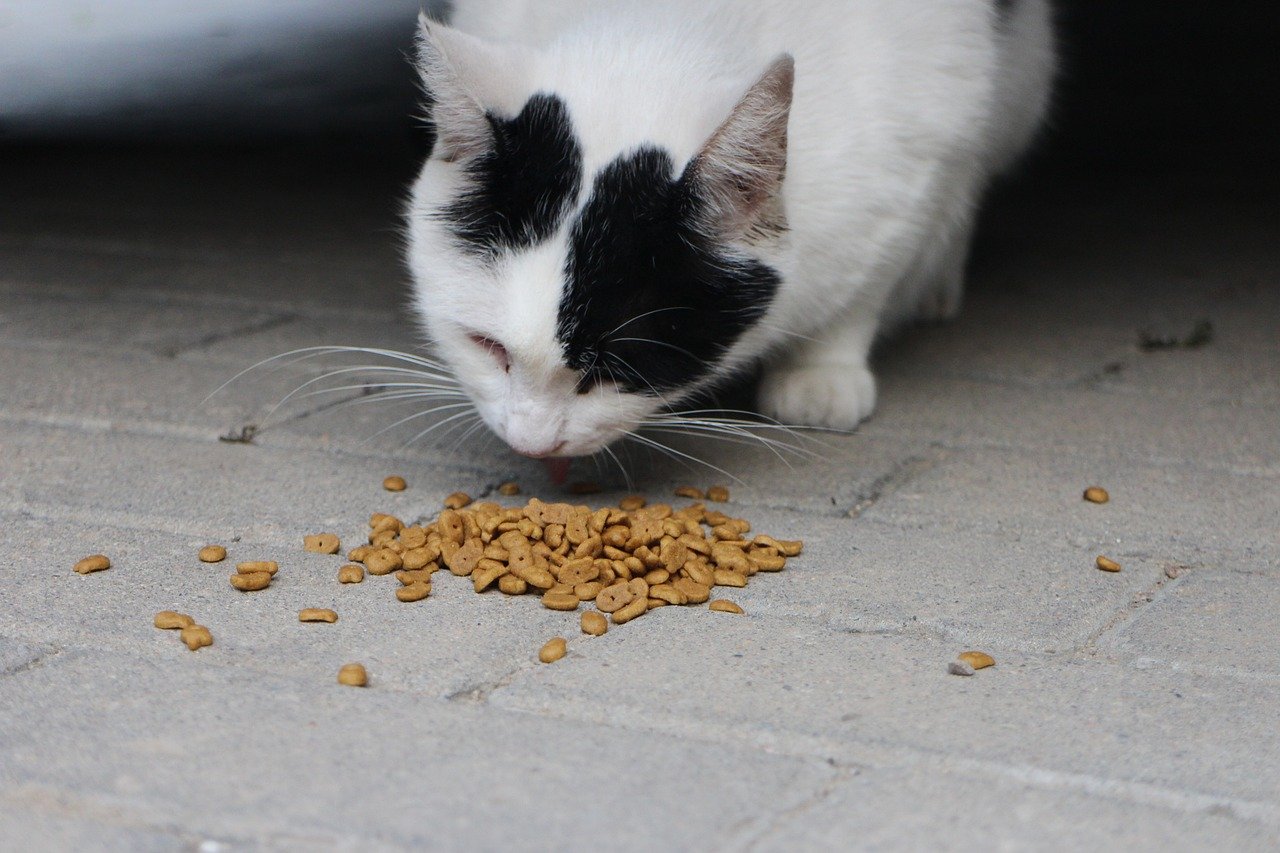
A comfortable, silent cat will maintain healthy eating and drinking habits. If your cat quietly approaches their food bowl, eats without hesitation, and then settles into a peaceful rest, it’s a positive sign. Sudden changes in appetite, coupled with unusual silence, can be a red flag for illness or stress. Always monitor your cat’s daily routines to distinguish between normal quietude and concerning behavior.
Grooming Behavior as a Comfort Cue

Cats are meticulous groomers, and this self-care ritual is often accompanied by serene silence. Watching your cat calmly licking their fur, especially while perched in a favorite spot, is a strong indicator of comfort. This grooming routine helps them relax and is a natural way for cats to show contentment. If your cat grooms themselves quietly and regularly, it’s usually a sign that they feel safe and at ease.
Playful Quiet Moments
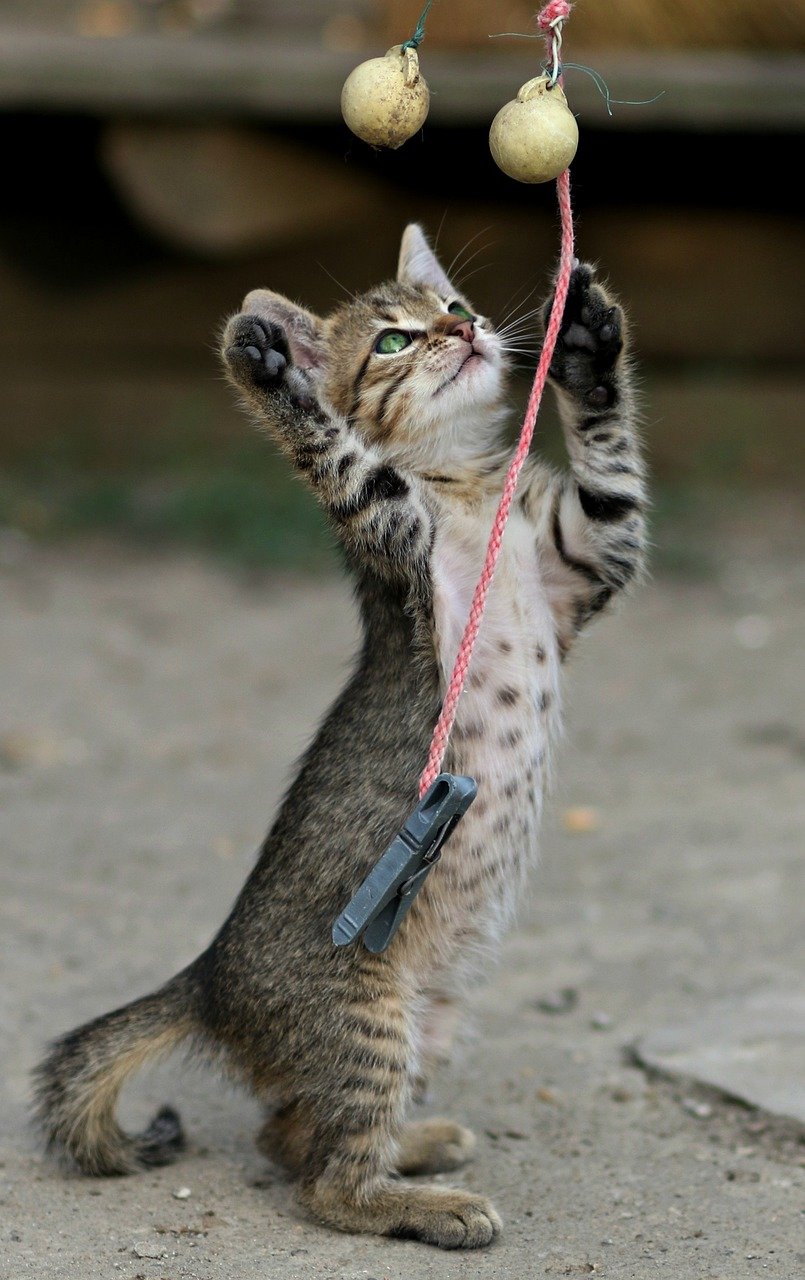
Not all play is loud and rambunctious. Sometimes, cats engage in quiet, focused play, stalking a toy or pouncing in near silence. These hushed moments are a testament to their natural instincts and show that your cat feels comfortable enough to express themselves freely. Silent play often indicates that your cat is both mentally and physically at ease in their environment.
How Age Influences Feline Silence

Kittens are typically more vocal and energetic, while older cats may become quieter and more reserved. As cats age, they often seek out more peaceful, silent moments. This shift is natural and usually reflects a growing sense of comfort and confidence. If your senior cat is silent but still eating, grooming, and interacting as usual, their quietness is likely a sign of contentment, not concern.
Watching for Signs of Discomfort

While silence can be comforting, it’s important to stay vigilant for signs of distress. If your cat’s silence is accompanied by hiding, loss of appetite, or changes in litter box habits, it may signal discomfort or illness. Trust your instincts—if something feels off, a trip to the vet is always a wise choice. Silence paired with positive body language and behavior is reassuring, but silence with negative changes should never be ignored.
The Impact of Household Changes
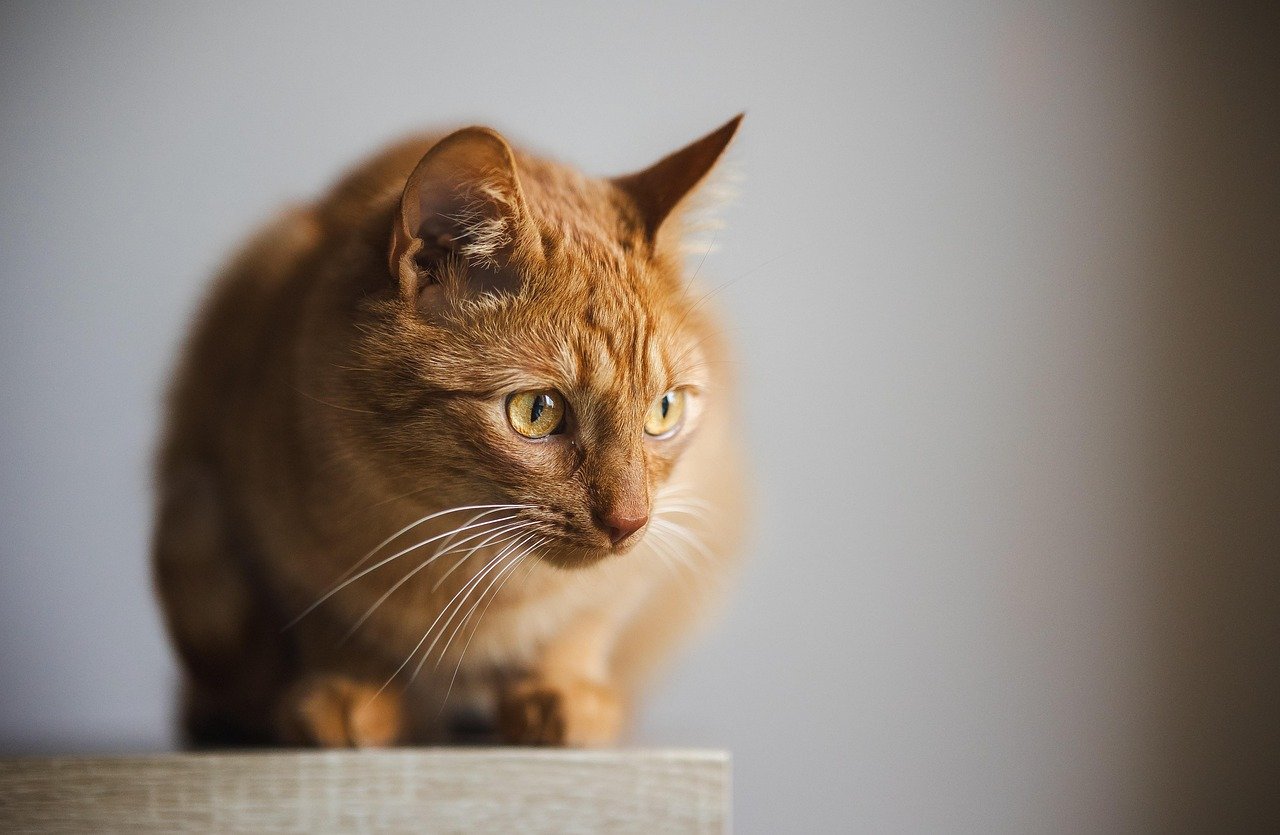
Big changes in the home—like moving, new family members, or renovations—can affect your cat’s behavior. Some cats respond to these changes with increased silence as they process their surroundings. If your cat remains quiet but resumes normal activities after a short adjustment period, it’s likely just their way of coping. Offering extra comfort and patience during transitions can help your cat regain their usual sense of security.
The Power of Your Presence

Your relationship with your cat plays a huge role in their comfort level. Many cats find solace simply by being near their favorite human. If your cat sits beside you in silence, purrs softly, or nudges you gently, they’re expressing a deep sense of trust. Your calm energy can help reinforce their feelings of safety, making those silent moments together even more meaningful.
Recognizing Individual Preferences

Every cat is unique, with their own quirks and comfort zones. Some cats are naturally quieter, preferring to communicate through looks and gestures rather than meows. Respecting your cat’s individual preferences and allowing them space to be silent is essential for their well-being. Embrace their quiet nature as part of what makes your cat special.
When to Seek Professional Advice

If you’re ever unsure about your cat’s silence, don’t hesitate to consult a veterinarian or animal behaviorist. They can help determine if your cat’s quietness is a sign of comfort or an underlying health issue. Trust your intuition—no one knows your cat better than you do. Seeking advice early can help prevent problems and ensure your cat remains happy and healthy.
Building a Quiet Bond
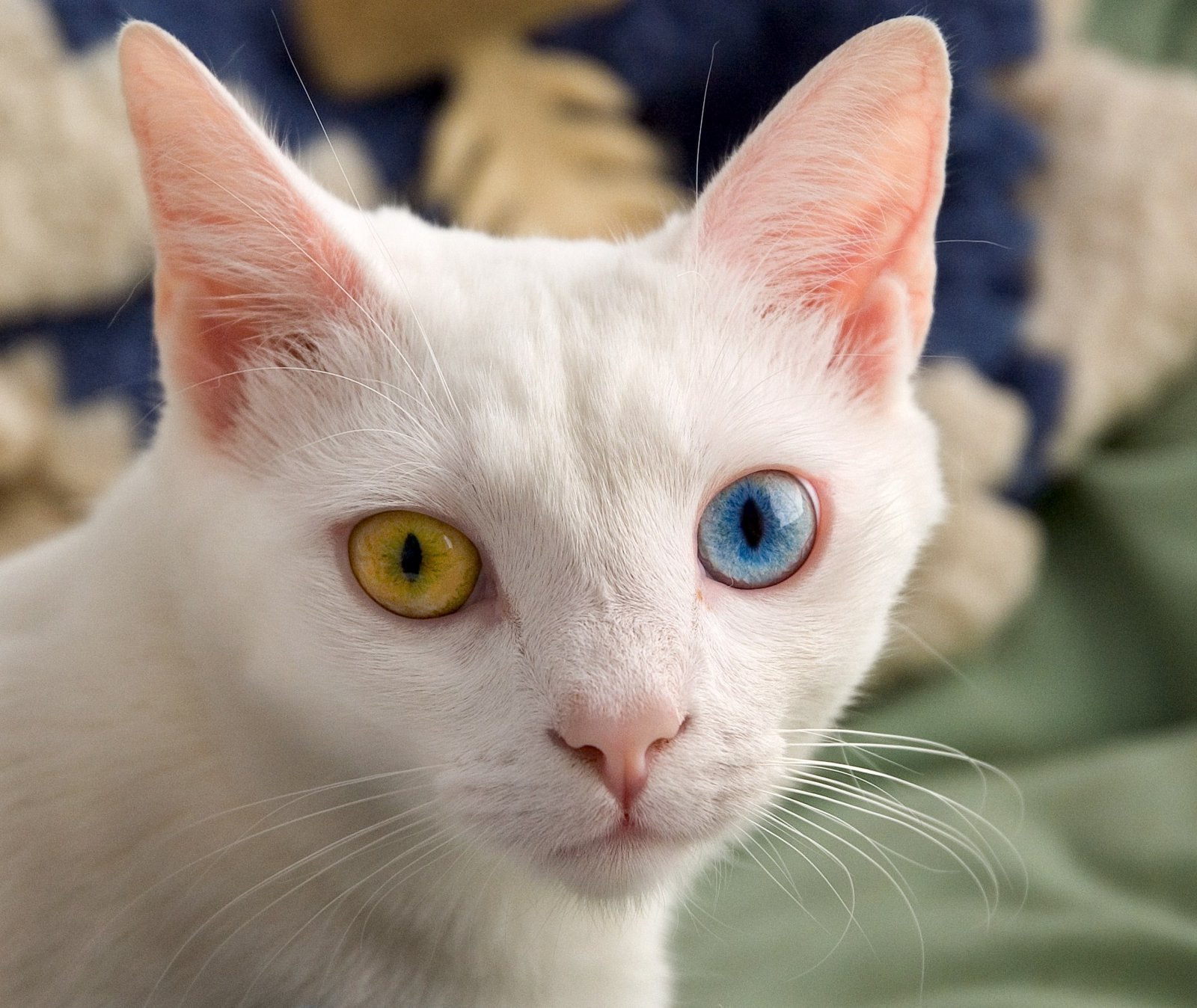
Spending time with your cat in shared silence can deepen your bond in unexpected ways. Reading a book, watching TV, or simply sitting together in a sunlit room can create an atmosphere of trust and affection. Cherish these peaceful moments—they are your cat’s way of saying, “I feel safe with you.” The quiet connection you share is a testament to your mutual love and understanding.
Celebrating the Joy of Feline Silence

The next time your cat is silent, take a moment to appreciate the beauty of their quiet presence. Silence, for cats, is often a sign of true comfort, trust, and happiness. By tuning in to their subtle cues and respecting their need for peace, you can ensure that your feline friend feels loved and secure. Isn’t it amazing how much your cat can say without uttering a single sound?
Hi, I’m Bola, a passionate writer and creative strategist with a knack for crafting compelling content that educates, inspires, and connects. Over the years, I’ve honed my skills across various writing fields, including content creation, copywriting, online course development, and video scriptwriting.
When I’m not at my desk, you’ll find me exploring new ideas, reading books, or brainstorming creative ways to solve challenges. I believe that words have the power to transform, and I’m here to help you leverage that power for success.
Thanks for stopping by, Keep coming to this website to checkout new articles form me. You’d always love it!






